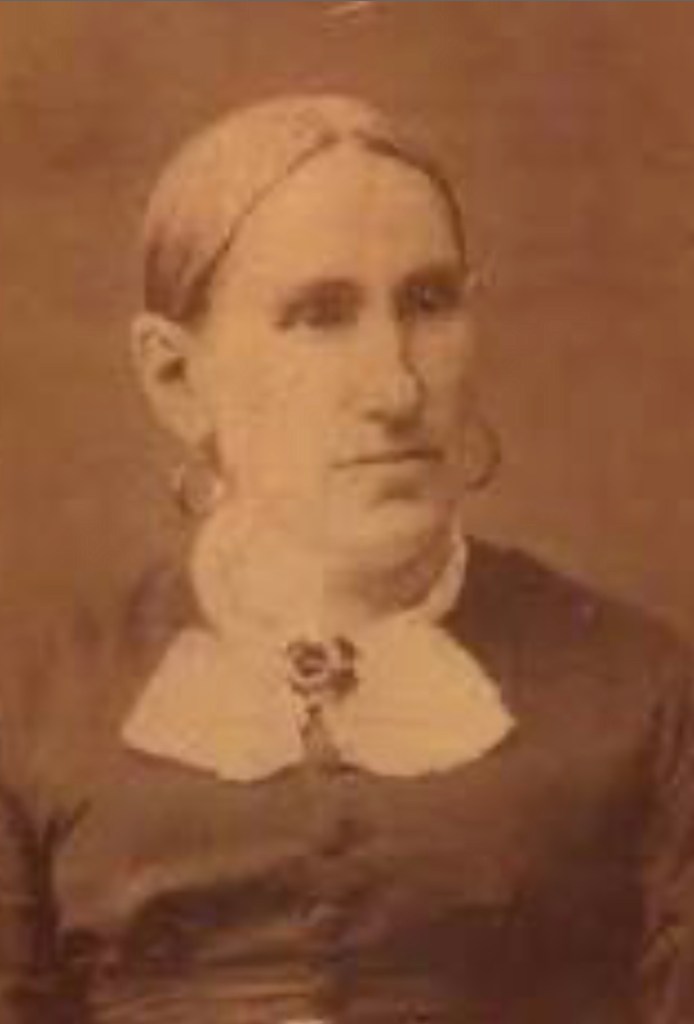“even if we never make these dishes of ancient times, Miller’s book is a fascinating read.”

“They say ‘history is written by the victors,’ but in my experience, history is written by those who write stuff down, and food is no exception,” writes Max Miller in the introduction to Tasting History, his new cookbook that delves into the foods we’ve eaten throughout millennia.
Four years ago, Miller had little interest in cooking. But when a friend became sick while they were vacationing and they watched seasons of a cooking shows while overindulging on nachos, that all changed. Developing a passion for baking, he soon was taking his cakes and pastries to Walt Disney Studios where he worked. Besides sharing his creations, Miller also explained the origins of the recipes. Suggestions from friends influenced him to start a YouTube show titled “Tasting History with Matt Miller.” Shortly after, the pandemic hit, Miller was furloughed from his job, as were many others, and his show became a hit to all those stuck at home.
Now Miller has taken it to the next level with this deep dive into food history that includes original recipes and Miller’s adaptations for home chefs as well as photos, original drawings, anecdotes, and cook’s notes.
The recipe for this stew is easy, but even if a person could, though it’s unlikely, find the fatty sheep tails, another ingredient—risnatu—has no definite translation, though Miller says it’s commonly agreed upon that it’s a type of dried barley cake. He solves both those problems in his adaptation of the recipe by providing appropriate substitutions that honor the dish’s origins but make it available to modern kitchens.
But even if we never make these dishes of ancient times, Miller’s book is a fascinating read. As we get closer to our own times—the book is arranged chronologically—we find dishes that are more recognizable such as precedella, a German recipe originating in 1581 that instructed cooks to “Take fair flour, a good amount of egg yolk, and a little wine, sugar and anise seed and make a dough with it.”
Of course, modern pretzels don’t typically have wine and anise seeds in them, but Miller provides a recipe using all those ingredients so we can get the same flavor profile as the precedellas that were baked almost 500 years ago. It is indeed tasting history.
Miller has culled recipes from around the world. The book also includes the foodways of medieval Europe, Ming China, and even the present with a 1914 recipe for Texas Pecan Pie that Miller describes as “a time before corn syrup came to dominate the dessert.” His adaptation of the original recipe uses sugar since corn syrup didn’t begin to dominate until the 1930s. The 1914 recipe also calls for a meringue topping, an addition not found in modern pecan pies. So even within a short time span of just over 100 years, Miller shows us how a recipe has evolved though he assures us, we’ll like the 1914 version best.
This article previously appeared in the New York Journal of Books.








